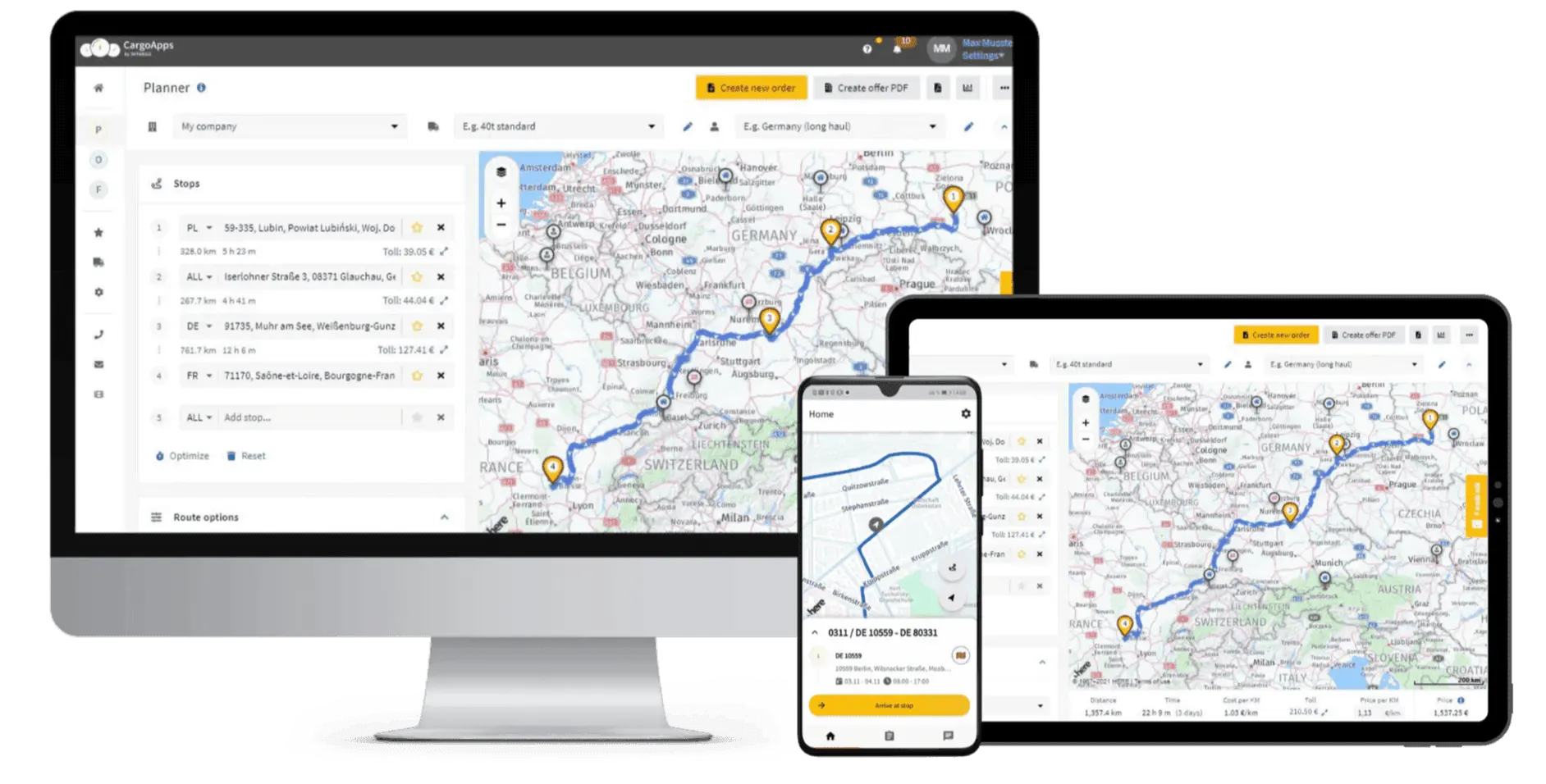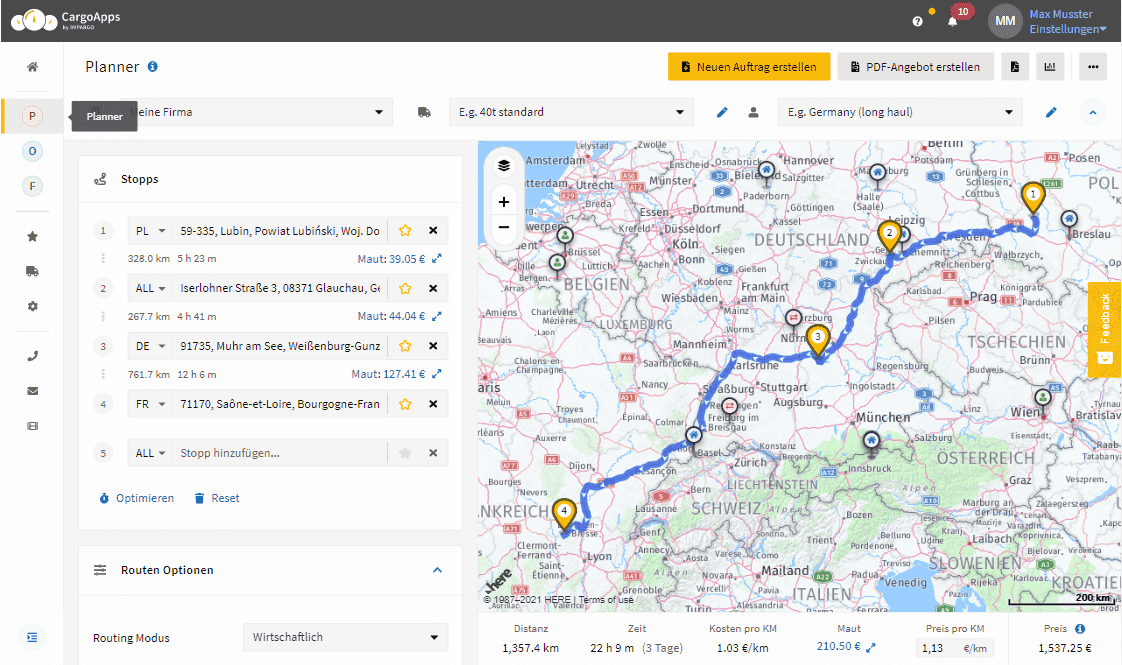ETS-2 and CO₂ Emissions in Road Freight: What Shippers & Carriers Must Know
Updated: June 2025 • Estimated read time: 5 minutes

Table of Contents
- What Is ETS-2? A Quick Overview for Road Transport
- Why CO₂ Emission Tracking Matters in 2025
- What Shippers Need to Do to Stay Competitive
- What Carriers Can Do to Reduce Fuel and CO₂ Costs
- How IMPARGO Supports Smart, CO₂-Aware Transport Planning
- Start Now: Free Tools and Help From IMPARGO
What Is ETS-2? A Quick Overview for Road Transport
The EU Emissions Trading System 2 (ETS-2) introduces CO₂-based surcharges on fuels starting in 2027. Although the charges apply to fuel suppliers, the cost increase will affect shippers and carriers through higher diesel prices and stricter sustainability requirements.
From 2025, emissions monitoring becomes mandatory. This marks a key shift for any business managing road transport in Europe.
🔗 Read the full ETS-2 regulation
Why CO₂ Emission Tracking Matters in 2025
- Fuel prices are expected to rise due to carbon pricing.
- Many shippers now request CO₂ data per transport order.
- Companies with ESG goals need clear, trackable emission data.
If you rely on spreadsheets or don't track CO₂, you're likely missing tenders, losing margin, or overpaying for inefficient routing.
What Shippers Need to Do to Stay Competitive
Even if you don't pay the fuel surcharge, your clients and stakeholders will expect accurate emissions data.
Key Actions for Shippers
- 📊 Track emissions per shipment using the ISO 14083 standard
- ♻️ Cover Well-to-Tank and Tank-to-Wheel emissions
- ✅ Ensure visibility across subcontractors and in-house fleet
🔗 Learn how IMPARGO calculates CO₂ emissions
What Carriers Can Do to Reduce Fuel and CO₂ Costs
For Carriers, CO₂ = Cost
- ⛽ Reduce fuel usage with truck-specific routing
- 📉 Avoid detours, toll-heavy routes, and road restrictions
- 💼 Win contracts that require emission transparency
🔗 Try the Truck Route Planner
🔗 Use the Transport Cost Calculator
How IMPARGO Supports Smart, CO₂-Aware Transport Planning
Whether you’re optimizing transport as a shipper or carrier, IMPARGO TMP® offers:
- ✅ Automated CO₂ calculations for each planned route
- ✅ ISO 14083-compliant reports
- ✅ Route planning for tolls, fuel, and time savings
- ✅ Full tour cost analysis—fuel, wages, tolls, and emissions
🔗 IMPARGO for Shippers
🔗 IMPARGO for Carriers
Start Now: Free Tools and Help From IMPARGO
Join over 300,000 logistics professionals already using the IMPARGO Transport Management Platform (TMP®) to plan smarter routes and track CO₂.
🔗 Sign up now—start routing and tracking for free
🔗 Book a personal 1-on-1 consultation
People Also Ask (FAQ)
What is ETS-2 in road transport?
ETS-2 is the EU’s second emissions trading system, applying CO₂-based surcharges to road fuel starting in 2027.
Will shippers be affected by ETS-2?
Yes. Even if shippers don’t pay the fee directly, they’ll need to report CO₂ emissions to meet client and regulatory expectations.
How can carriers reduce CO₂ and fuel costs?
Carriers can reduce fuel use by planning efficient truck routes and estimating full trip costs in advance using digital planning tools.

